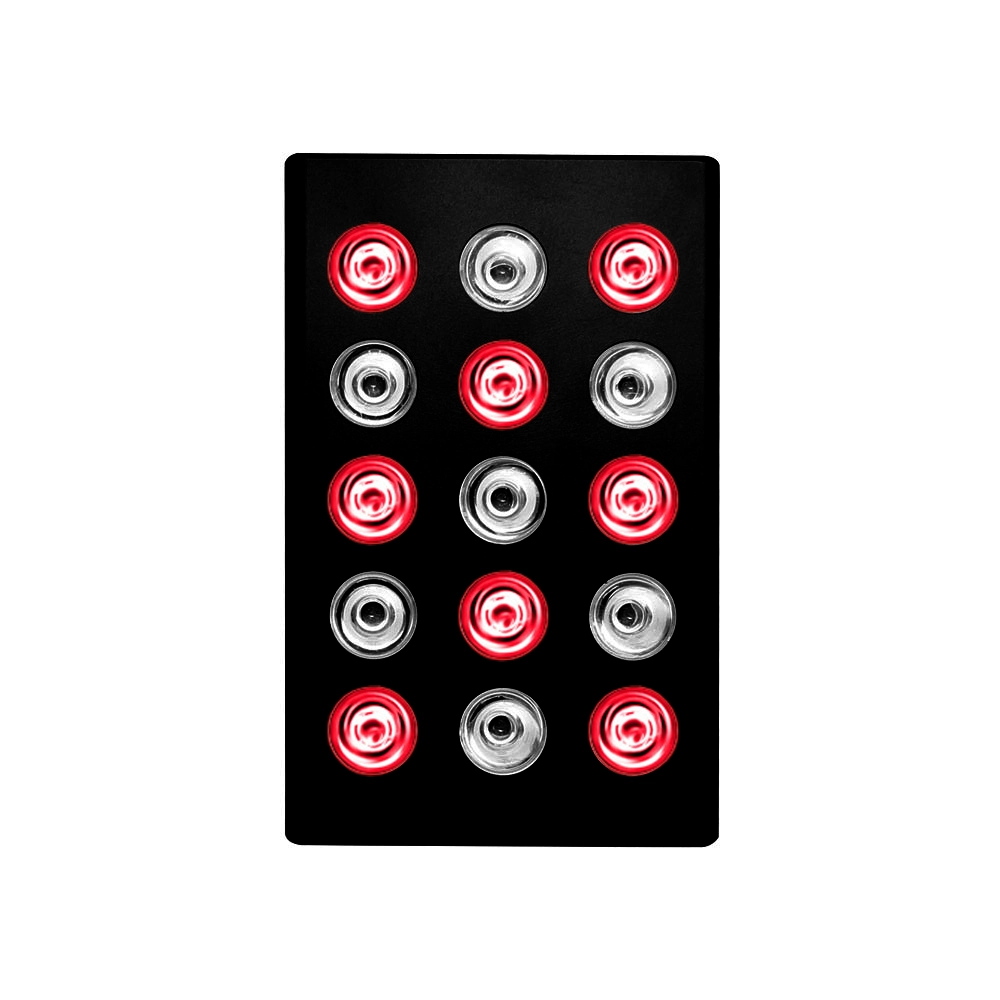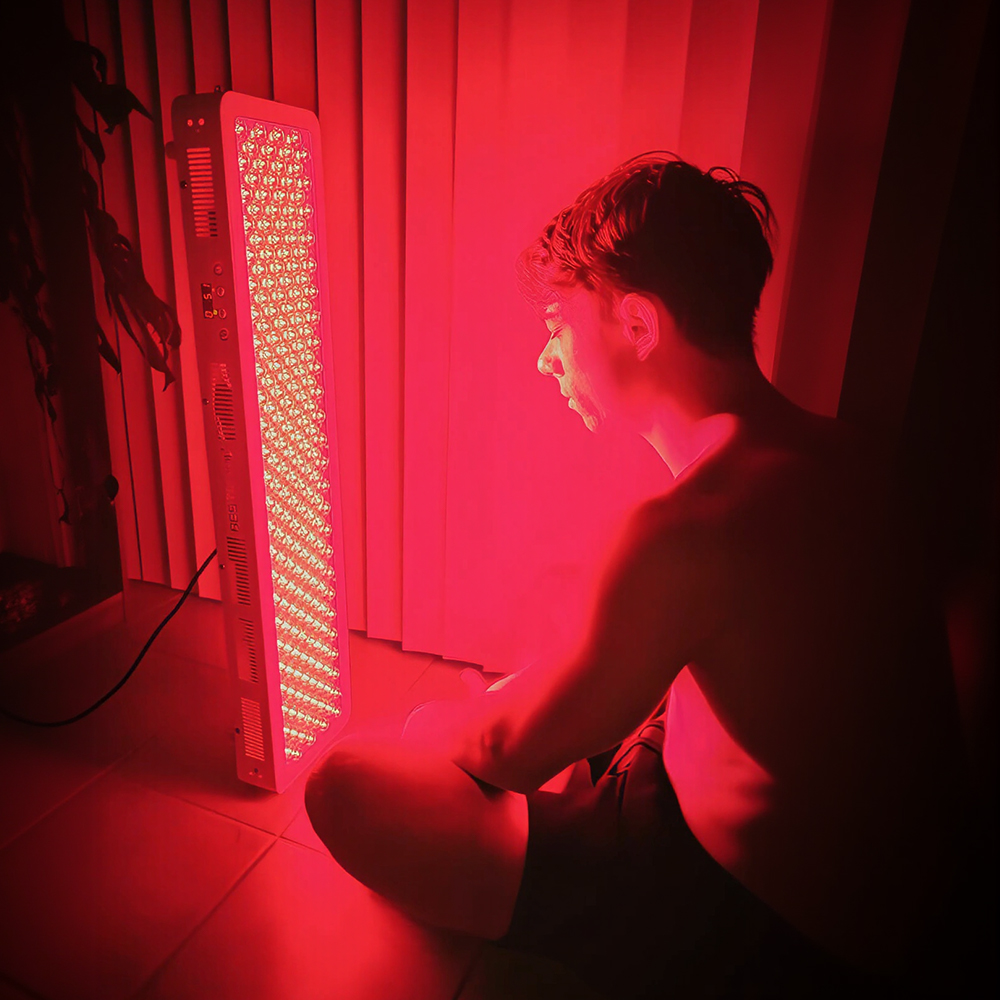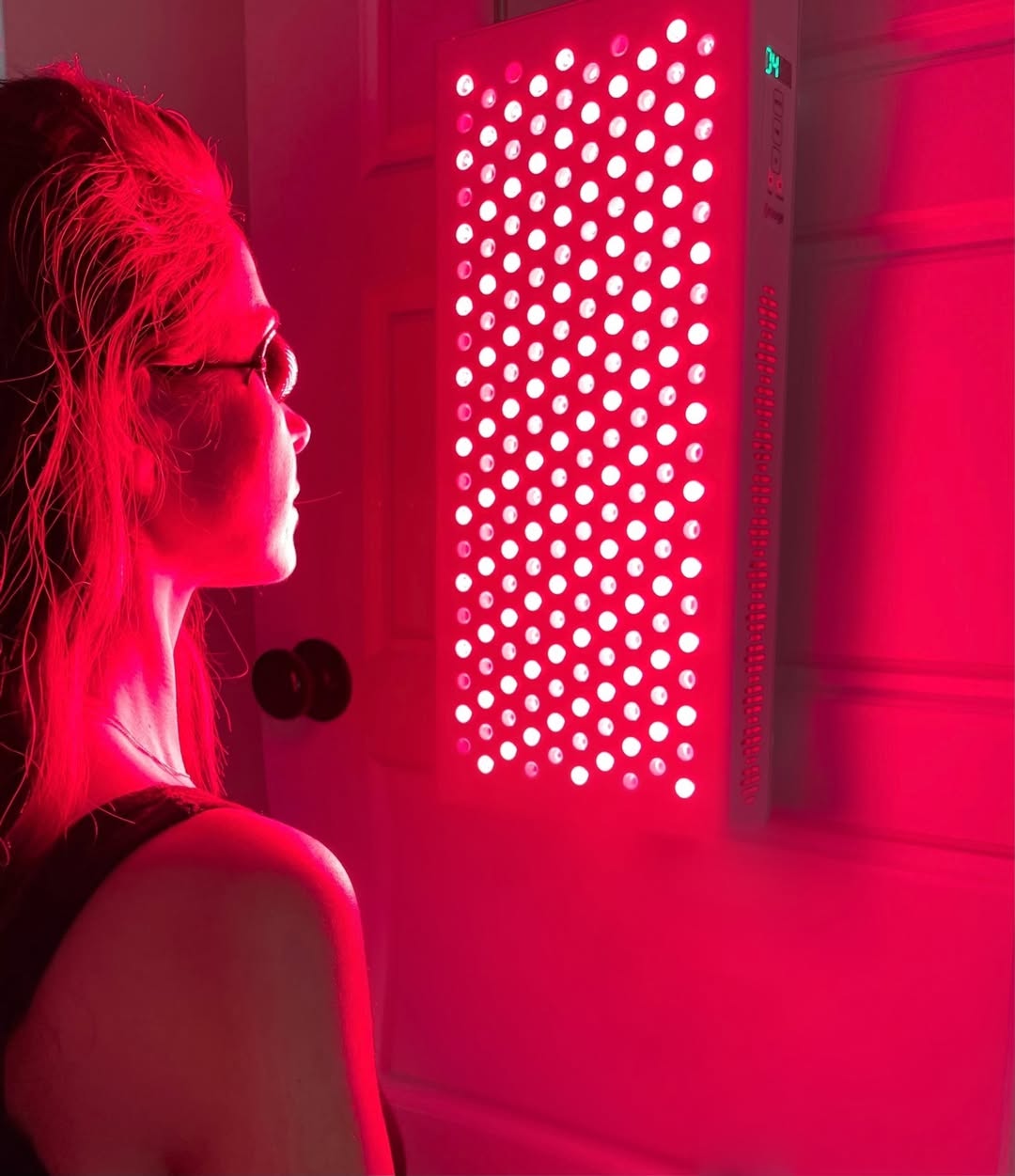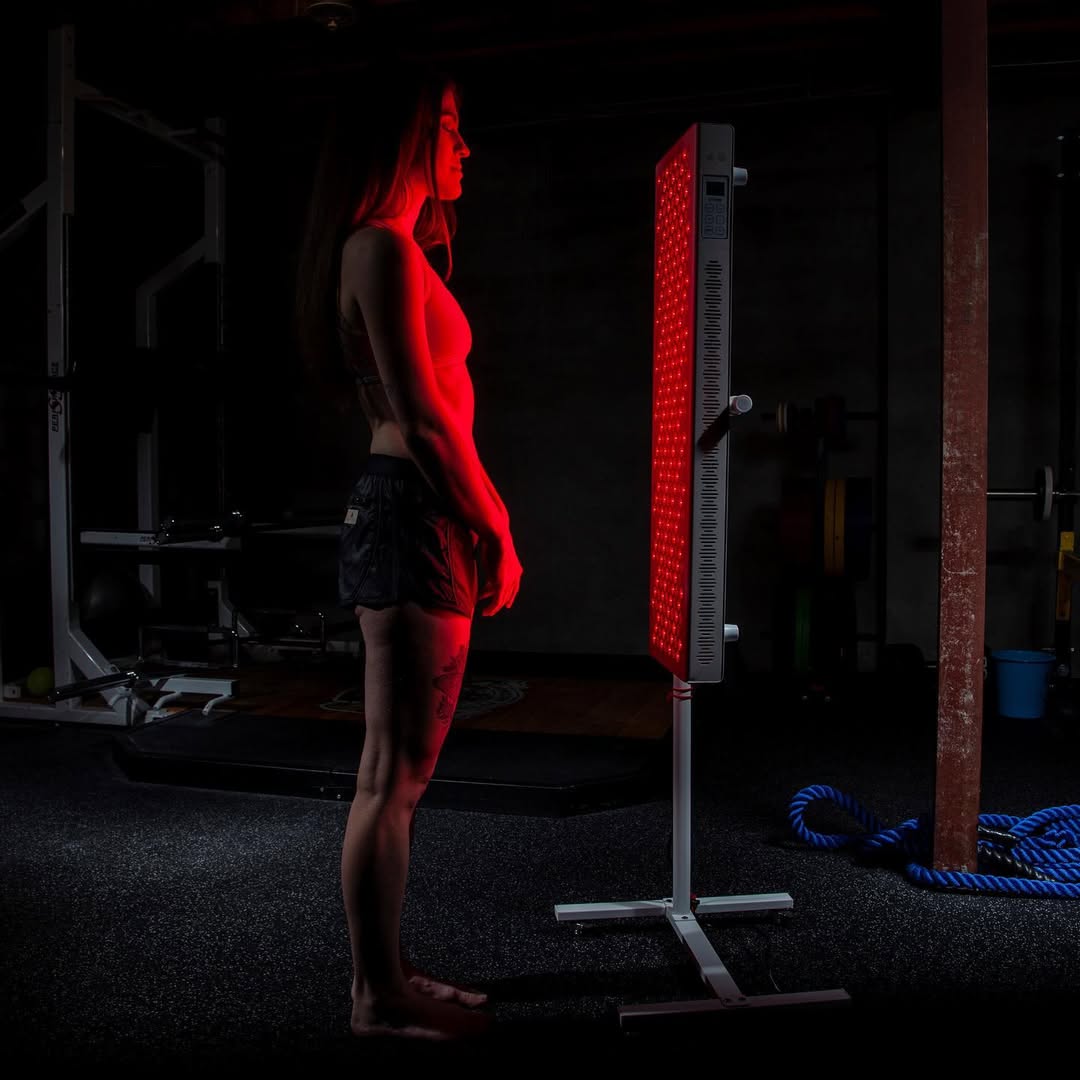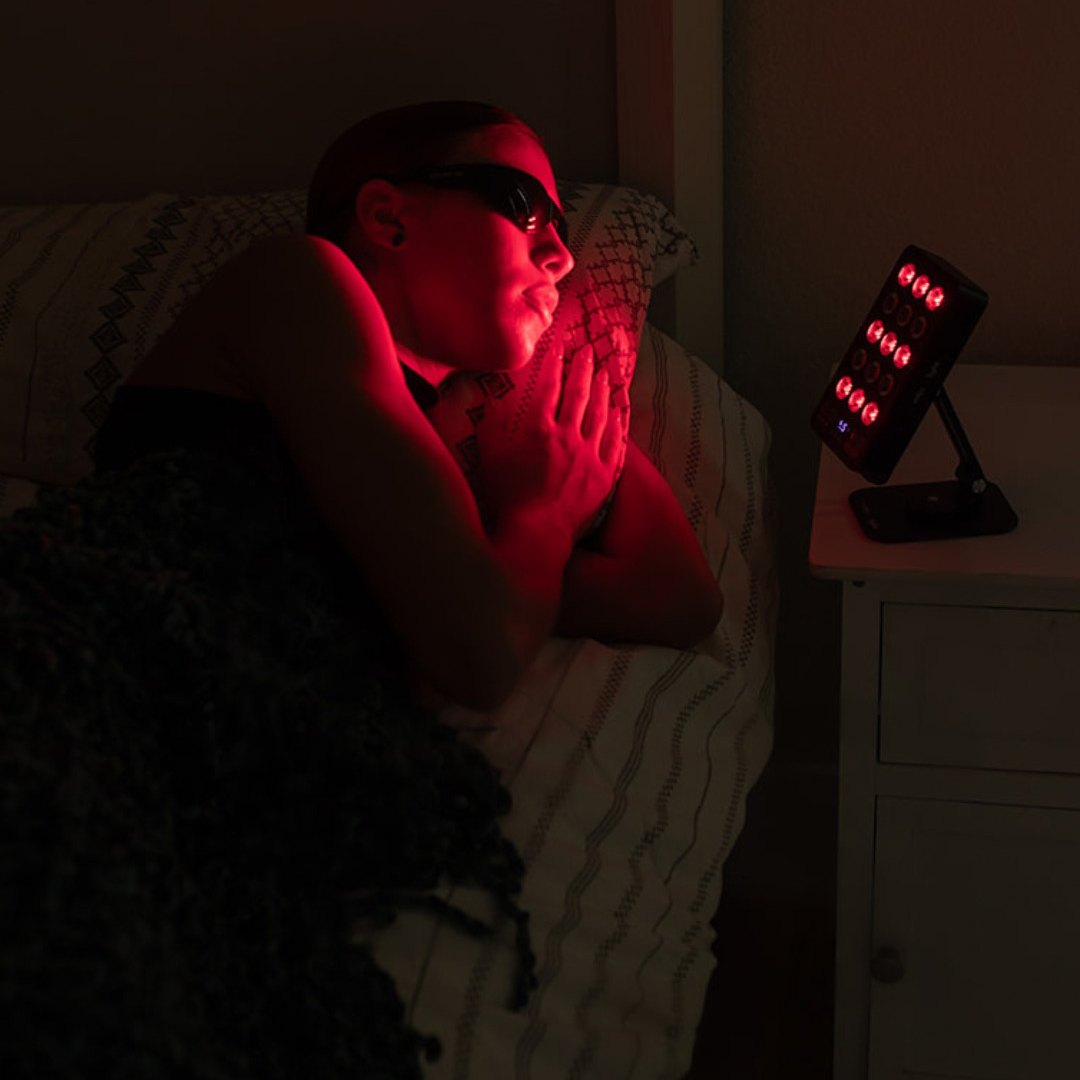![]() Free Shipping
Free Shipping ![]() Buy Now, Pay Later
Buy Now, Pay Later ![]() Eligible
Eligible
Is Red Light Therapy Safe For Lymphoma ( Benefits, Pros & Cons)
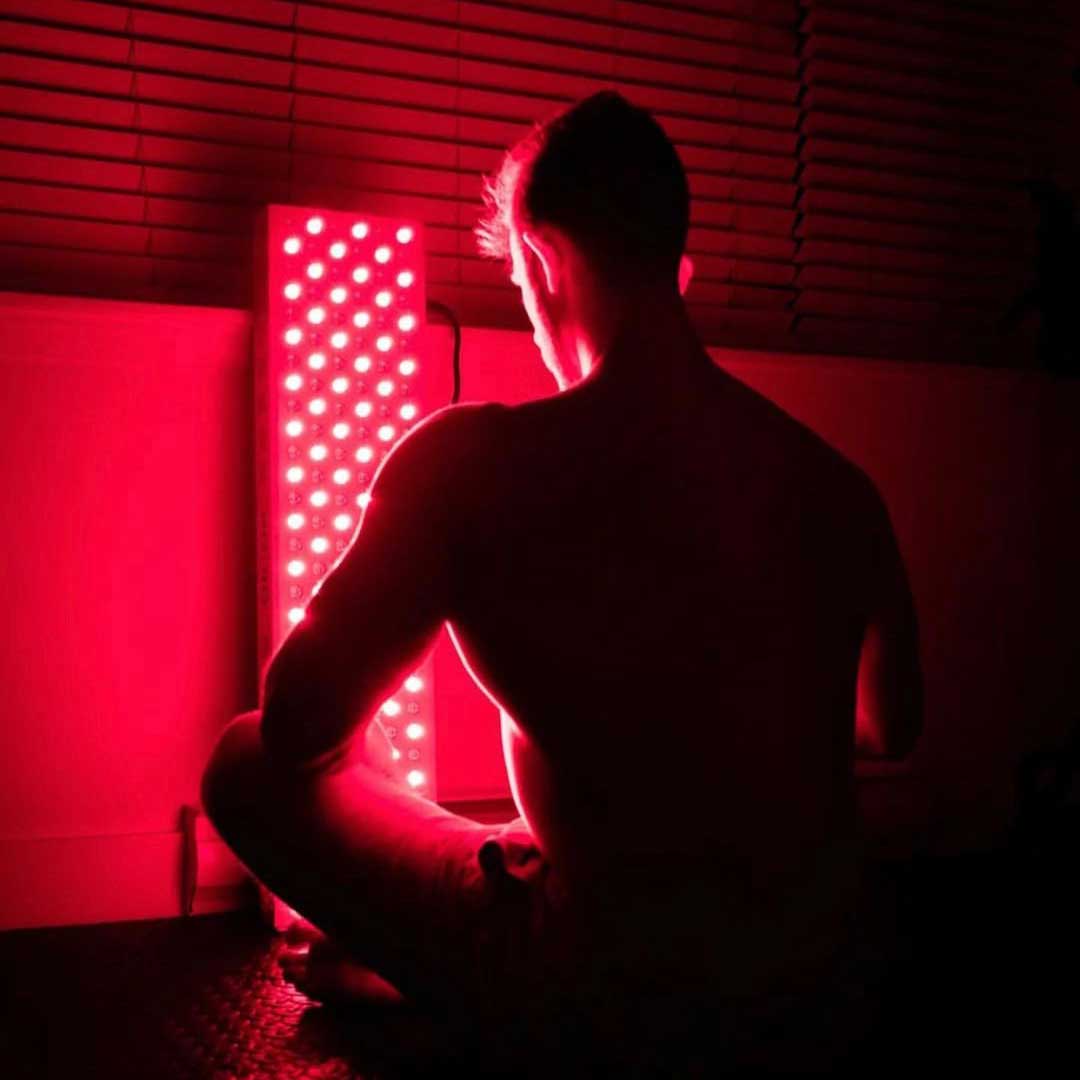
Red light therapy is an effective and safe way to improve the quality of life for people with lymphoma. It is a form of phototherapy, which involves exposure to low levels of red or near-infrared light. Red light therapy has been used for hundreds of years in traditional Chinese medicine and other cultures around the world as a way to boost energy, reduce inflammation, and promote healing. In recent years, research has found that red light therapy may also be beneficial for lymphoma patients.
The use of red light therapy in treating lymphoma involves exposing the body to low levels of natural or artificial light at specific wavelengths and dosages. This type of therapy is believed to have anti-inflammatory and antioxidant properties that can help reduce inflammation and promote healing. It can also help improve the functioning of the lymphatic system, which helps to filter out waste products from the body. Additionally, it has been suggested that red light therapy may be used to reduce discomfort associated with certain lymphoma treatments, such as chemotherapy and radiation.
Potential Benefits of Red Light Therapy for Lymphoma Patients:
1. Pain Relief – Red light therapy has been shown to be a non-invasive, natural method of reducing pain and inflammation in lymphoma patients. It works by increasing circulation and decreasing the body’s stress response, thus providing relief from soreness and discomfort associated with the disease.
2. Boosted Immune System – Studies have shown that red light therapy can help boost the body’s immune system, which is essential in fighting lymphoma. This form of treatment helps to reduce inflammation and increase white blood cell production, giving the body a better chance at fighting off the disease.
3. Reduced Side Effects – Red light therapy has been linked to reducing some of the side effects associated with chemotherapy and radiation treatments for lymphoma. This includes nausea, fatigue, and hair loss. By reducing the side effects of these treatments, patients can enjoy a better quality of life as they battle their disease.
4. Improved Quality of Life – Not only does red light therapy help to fight the disease, but it can also improve the overall quality of life for lymphoma patients. It helps to reduce pain, promote relaxation, and increase energy levels, all of which can make living with lymphoma a little easier. In addition, regular sessions may even help to reduce stress and depression that are common in those battling the disease.
Research and Studies on the Use of Red Light Therapy for Lymphoma Patients
Overview of Previous Research and Studies
Red light therapy has been studied in numerous research studies with patients who have undergone chemotherapy or radiation treatment for lymphoma. In a 2013 study, researchers found that red light therapy reduced the size of tumors and increased survival rates in mice with lymphoma. Additional research conducted by the University of Pisa in Italy showed that red light therapy improved quality of life and decreased fatigue among patients with lymphoma. A 2019 study conducted by the University of Barcelona in Spain suggested that red light therapy could reduce levels of a protein called NF-kB, which is associated with cancer development and progression.
Recent Studies on Red Light Therapy for Lymphoma Patients
More recent studies have been conducted to further explore the potential benefits of red light therapy for lymphoma patients. A 2020 study conducted by the University of California at San Diego found that red light therapy could reduce tumor growth and improve survival rates in mice with lymphoma. Additionally, a 2021 study published in Photochemistry and Photobiology found that red light therapy could regulate certain immunological pathways associated with cancer development and progression.
Findings from Recent Studies
The findings from recent research studies suggest that red light therapy could be a safe and effective treatment option for patients with lymphoma. Red light therapy has been shown to reduce tumor growth, improve survival rates, regulate immunological pathways, and improve quality of life in lymphoma patients. Additionally, it appears to have minimal side effects and is well-tolerated by patients.
Safety Considerations When Using Red Light Therapy for Lymphoma Patients
Red light therapy is a safe and effective method of treatment for lymphoma patients, but there are certain safety considerations to be taken into account. While the risks associated with red light therapy have been minimized due to modern technology and protocols, it is important to understand these safety concerns before beginning any treatment regimen.
The wavelength of red light used in this type of therapy is usually 630 nm or 635 nm. This wavelength range has been shown to be effective in treating lymphoma while avoiding the risk of phototoxicity, which is a common side effect of red light therapy. Additionally, it should always be used under strict medical supervision and must never exceed the recommended dosage.
When performing red light therapy on lymphoma patients, it is important to avoid direct eye exposure, as this could cause temporary vision changes or permanent damage. It is also important to ensure that the patient’s skin does not overexpose to the light, as this can lead to burns and other skin irritation. To protect against these risks, protective eyewear and clothing should be worn during treatment.
Finally, it is important to be aware that red light therapy can interact with other medications, including chemotherapeutic drugs. This could result in an increased risk of side effects or other complications, so it is important to consult with a qualified medical professional before beginning treatment.
Tips for Maximizing Safety During Red Light Treatments
Red Light Therapy is an invaluable tool for achieving optimal health and wellness. However, as with any medical treatment, it’s important to take safety precautions when using Red Light Therapy. To ensure the best possible results and minimize the risk of harm to yourself or your loved ones, follow these five safety tips:
1. Set up in a well-ventilated area: Red Light Therapy can cause the skin to heat up, so it’s important to make sure you have adequate air circulation. Make sure to set up your equipment in an open, well-ventilated space.
2. Wear protective eyewear: Many people who use Red Light Therapy choose to wear protective eyewear during their treatments. This helps to protect your eyes from potential damage that may be caused by the bright light of the device.
3. Do not expose skin for too long: Red Light Therapy should only be used for short periods of time, typically no more than a few minutes at a time. If you find yourself feeling uncomfortable or overly hot during your session, stop immediately and seek medical attention if necessary.
📢 SPECIAL OFFER: Get FREE shipping for any VELLGUS red light therapy device!
4. Avoid contact with metal: Red Light Therapy devices should never be placed in contact with metallic objects as this can interfere with the treatment. Make sure to keep all electronic devices and metals away from the area of your Red Light Therapy session.
5. Read instructions carefully: Before using any Red Light Therapy device, it’s important to read the instructions and warnings carefully. Make sure you understand how to use the device safely and effectively before beginning your treatment.
What does red light do to cancer cells?
Red light has been found to have a beneficial effect on cells damaged by cancer. Studies suggest that the use of low intensity red light can stimulate the production of adenosine triphosphate (ATP) within the mitochondria, which is a key source of energy for cells in general and cancer cells in particular. The additional ATP produced may then be used as energy for the cancer cells to undergo repair and regeneration. In addition, red light therapy has been found to reduce inflammation in the affected area and help promote healing. This could be beneficial in cases of cancer where the tumor is pressing on surrounding tissue, causing pain or discomfort. Furthermore, certain studies suggest that red light may also act as an anti-tumor agent by inhibiting tumor growth and proliferation. Ultimately, more research is needed to fully understand the effects of red light on cancer cells and its potential as a supplement to existing treatments.
However, it is important to note that any medical decisions should be discussed with a qualified healthcare provider. Red light therapy should not replace existing treatments or medical advice without consulting a doctor first. Ultimately, red light may prove to be an effective tool in the treatment of certain cancers when used properly and under the guidance of a healthcare professional.
Can cancer patients use red light therapy?
Red Light Therapy (RLT) is a form of photobiomodulation that uses light in the visible and near-infrared range to promote tissue regeneration, reduce inflammation, and stimulate healing. It has recently been found to have potential therapeutic benefits for cancer patients. Research suggests that RLT can help improve quality of life by reducing fatigue and enhancing immune system function. Additionally, some studies indicate that it may even provide a direct anti-tumor effect in certain types of cancer. While further research is needed to determine the full potential of RLT as a therapeutic agent for cancer patients, the preliminary results are encouraging and suggest that RLT may be beneficial for those suffering from this devastating illness.
Before delving into the potential of RLT for cancer patients, it is important to understand how the therapy works. In general, red light causes photobiomodulation through the absorption of photons by specific molecules in the cell. These photosensitive molecules then send signals throughout the body to initiate healing and repair processes. It is thought that this type of effect may be beneficial for cancer treatment due to its ability to reduce inflammation, improve the body’s immune response, and stimulate cell regeneration.
It is important to note that while there are studies that suggest RLT may be beneficial for cancer patients, it should not be used as a substitute for standard medical treatment or other therapies recommended by a doctor. Additionally, it should only be used under the supervision of a qualified health professional. Red Light Therapy is a promising new treatment modality that shows potential for cancer patients, but further research is needed to evaluate its long-term effects and safety.
VELLGUS mini
THE #1 BEST HANDHELD RED LIGHT THERAPY DEVICE
VELLGUS pro
THE #1 RATED FULL BODY RED LIGHT DEVICE
References
1. Photobiomodulation and Cancer
https://www.ncbi.nlm.nih.gov/pmc/articles/PMC5946726/
2. Red Light–Emitting Diode Phototherapy on Oral Mucositis Secondary to Chemotherapy and/or Radiation Therapy: A Systematic Review and Meta-Analysis; https://pubmed.ncbi.nlm.nih.gov/31991276/
3. Red Light Phototherapy for Cancer Cells In Vitro; https://www.ncbi.nlm.nih.gov/pmc/articles/PMC5056281/#:~:text=Photobiomodulation%20with%20red%20light,cellular%20and%20molecular%20processes.
4. Near-infrared light therapy for cancer treatment; https://pubmed.ncbi.nlm.nih.gov/22111374/
5. Light therapy as an adjunct to chemotherapy and radiotherapy in the treatment of cancer; https://pubmed.ncbi.nlm.nih.gov/24868189/
6. Red light therapy has potential to treat certain types of cancer; https://www.sciencedaily.com/releases/2018/07/180716141730.htm
7. Photobiomodulation for the Treatment of Head and Neck Cancer; https://pubmed.ncbi.nlm.nih.gov/30600167/
8. Photobiomodulation Therapy in Cancer: A Systematic Review of the Literature; https://www.ncbi.nlm.nih.gov/pmc/articles/PMC6334490/
9. Near-Infrared Photobiomodulation as an Adjunct Treatment for Breast Cancer; https://www.ncbi.nlm.nih.gov/pmc/articles/PMC6038567/
10. Low-level laser therapy in the treatment of cancer; https://pubmed.ncbi.nlm.nih.gov/22170076/


